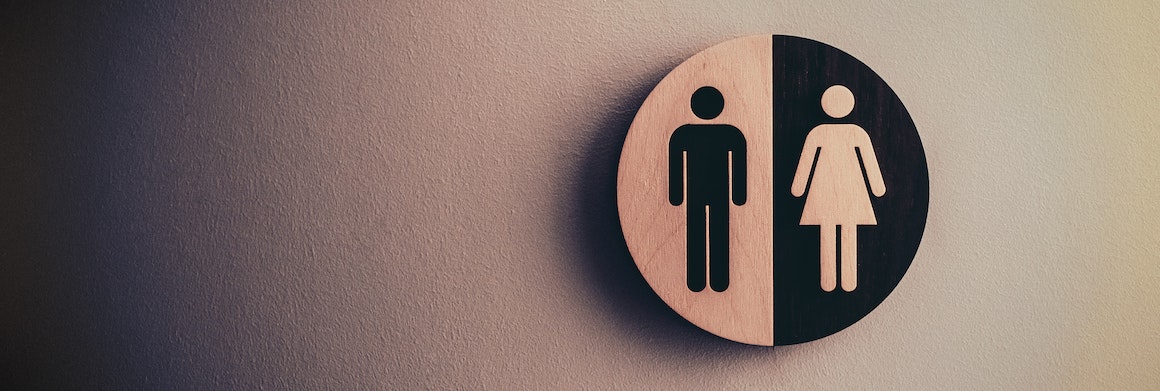While the Forté Foundation’s last study covered the impact of the MBA for women and minorities, the latest digs into gender inequality in the workplace and how MBA programs are working to address it. It would be nice to think that an MBA degree eliminates gender inequality in the workplace, but that’s not the case. Unfortunately, according to research conducted by the Forté Foundation and led by Michelle Wieser, Ph.D. and interim dean of St. Catherine University’s School of Business, work still needs to be done.
A survey of 900 male and female MBA alumni found that nearly six in 10 MBAs (59 percent) have said that they’ve “personally experienced” or “heard of” gender inequality in a past organization. In their current organization, that number drops to four in 10 (46 percent), but it’s still too much.
Overall, 76 percent of MBA respondents believe that gender equality has not been achieved in the workplace. When you talk to women, the number jumps to 82 percent, whereas for men, the number falls to 63 percent. Worse yet, minority women feel gender inequality to a greater degree with 87 percent stating that they feel it has not been achieved.
“This new research sheds light on whether we’re seeing improvements in workplace gender equality for MBAs, what issues impact women and men the most, and how business school helps to prepare alumni to address,” said Elissa Sangster, CEO, Forté Foundation, in a press release.
The good news is that we are starting to see improvements in the workplace according to personal MBA experiences. One-third of MBAs (33 percent) said they “personally experienced” gender inequality at a past employer, but in their current role, that number drops to just 18 percent.
The Face of Gender Inequality
As for what this inequality looks like? For female MBAs, it typically falls into three categories:
- Unequal opportunities for career advancement or promotion
- Hostile work environment
- Unequal career opportunities (special projects, global assignments, etc.)
For male MBAs, gender inequality looks quite a bit different. In order of rank, the type of inequality men have “personally experienced” include:
- Gender preference in hiring and recruiting
- Hostile work environment
- Inadequate or lack of parental leave policies
How Workplaces Address Gender Inequality
So what are companies doing, if anything, to address gender inequality? Around one third (38 percent) of MBAs believe their organization is working to address gender inequality, and at a personal level, 30 percent of MBAs respondents have individually taken action to tackle inequality at their organization.
For companies, those actions include:
- A group or task force
- Safe reporting mechanisms
- Updated employment policies
- New training on gender inequality
- Considering gender inequality in performance expectations
On a personal level, MBA alumni have:
- Advocated, spoken up, and openly shared information
- Worked to change their organization’s structure or policies
- Focused on gender inequality during recruitment
- Lead or participated in a women’s affinity group
MBA programs are also working to address the gender inequality issue with 62 percent of the 2016-2017 graduating class stating that their business school helped them prepare for gender inequality in the workplace.
To read the full report about Forté’s research, you can find the original press release here.





